Together, both Kalaroos and Satbaran are possibly the biggest tourist attractions of Lolab Valley. In fact, it wouldn’t be wrong to say that these two places are more famous than even Lolab Valley itself. It is the mystery around Kalaroos Caves and Satbaran that has been driving tourism in this region for several years now.
So what exactly is Kalaroos Caves? Kalaroos is actually the name of a small village in Lolab Valley. It is located at a distance of about 11 kilometers from Kupwara and 96 kilometers from Srinagar. On the outskirts of the village, deep in the forest and up the mountain, there are 3 caves which are believed to be part of an ancient tunnel system leading to Russia.
Satbaran on the other hand is a giant rock sitting on the top of a hillock, also in Kalaroos Village. Its name means seven doors because there are 7 door-like carvings on one side of the rock. There is no information available about who built it but one theory states that it may have been a part of a larger structure, possibly a temple, which collapsed or was intentionally destroyed.
A lot has been said and heard about these places, enough to intrigue several cave explorers to go deep inside the caves in search of the truth. Below is a video of these places that I shot during my visit to Lolab Valley. Do these caves really lead to Russia? Read on to find out more.
About Kalaroos Caves
There are several theories about why the village is known as Kalaroos and exactly how many caves there are. One theory states that the original name of the place was Qila-e-Roos, which means Russian Fort. Why was it called so? No one can answer that question. The word Roos here means Russia but over time, the word Qila got twisted into Kala, and the village is now called Kalaroos.
Another theory however states that the name of the village was Kalarooch, named after a mountain pass in the same region of the same name. It is after the Kalarooch Pass that the village was named such but over time, the ‘rooch’ part of the name got twisted into ‘roos’. This is a view of the village.
No one really knows if either of these theories is correct. One thing that is for certain however is that the name of the village certainly invokes curiosity. But more than the village itself, it is rather the caves in the forest that drive the entire mystery and pull visitors.
Like the name of the village, the information on exactly how many caves there are also differs. Some say that there were a total of 7 caves but only 3 still exist. All 3 of these caves have been explored by cave-explorers and the theory around this being a passage to Russia has been debunked. I will talk more about this later in the article.
About Satbaran
Also spelled as Sat-baran, it is a large rock sitting at the top of a hillock. What makes it famous and mysterious are the seven door-like carvings on this rock. Take a look at the picture below.
The name ‘Satbaran’ also literally means ‘Seven Doors’. But there is no known information about who carved them or why but it surely makes it look a little mysterious. There is no data available on the archaeological significance of this rock but it continues to be a tourist attraction.
The most popular theory is that Satbaran may have been a part of a larger structure, possibly a temple, which collapsed or was intentionally destroyed. Another theory states that the entire cave system was actually ancient temples. There were 7 temples in total and that is why there are 7 doors carved on the rock as well. It is also believed that it used to be a temple made by Pandavas.
Also Read: How to Plan a Trip to Kashmir – A Complete Travel Guide
How to reach Kalaroos Caves and Satbaran
Kalaroos Caves and Satbaran are located in the Lolab Valley of Kashmir. The only way to enter Lolab Valley by road is from Kupwara. The entrance gate to the valley is about 2.5 kilometers from Kupwara Market and is currently the only way in and out of Lolab Valley.
If you were in Srinagar and wanted to visit Lolab Valley, you would first have to reach Kupwara. It will be a journey of about 80 kilometers but it is a single-lane road that sees heavy two-way traffic. So the travel time can be anywhere between 3 to 4 hours.
Once you are in Kupwara, just ask any of the locals and they will gladly point you in the right direction. This entire region has good network reception with 4G data speed so you can also just follow Google Maps and it will take you to the right destination.
Also Read: Mobile Network in Kashmir & Data Connectivity
By Bus / Shared Cabs
Planning this trip by Public transport will be tricky and is not advised. You may be able to find a bus from Srinagar to Kupwara but there is no regular bus service within Lolab Valley.
In Srinagar, depending on where you are staying, you will first have to reach Parimpora. That is where you will get either a bus or a shared cab to Kupwara.
You can travel from Srinagar to Kupwara by Bus but beyond that, it is best advised to look for a private taxi. A trip to Lolab Valley means moving from one village to another and exploring the region which can only be done in a taxi.
The Kupwara bus and taxi stand are right there in the main market. You can go there and ask for a bus or shared cab to Kalaroos Village but the problem is that once you are there, you may not find public transport to go to the next village or even return to Kupwara.
Hence, it is better to hire a private taxi for this trip or you may have to hop from one shared cab to another to reach your destination and for the return journey as well.
By Private Taxi
You can plan this in two ways. The first one is that you hire a private taxi from Srinagar itself. This will cost you anywhere between Rs. 3000 to Rs. 4000 for a day trip to Lolab Valley.
The second way is that you first go to Kupwara by public transport and hire a cab there. This will cost you anywhere between Rs. 1500 to Rs. 2000 for a trip to Lolab Valley lasting 2-3 hours approximately.
Also Read: How Much Does a Trip to Kashmir Cost?
How to Plan a Trip to Kalaroos from Srinagar
Assuming that you were starting from Srinagar, the first part of the journey will have you travel from Srinagar to Kupwara. It will be a journey of 80 kilometers that can easily take as much as 4 hours to complete.
From Kupwara, turn on the road toward Lolab Valley. After about 2 kilometers, you will arrive at the entrance gate of Lolab Valley.
About 2 kilometers after this gate, you will reach Khumriyal, the first village of Lolab Valley. Take a break if you need to and get something to eat as you may not find a lot of options further in the valley.
Immediately after Khumriyal, the road will bifurcate. See the picture below. The one on the left goes to Kalaroos Village and the one on the right goes to the other villages of the valley. Take a left turn. Drive for about 5 kilometers and you will reach the Kalaroos Village.
Satbaran
The road to the caves will be a little hard to notice and you will have to ask the locals for directions. Driving through the narrow streets of the village, you will reach the following spot where the road ends. Leave your car here and walk down this path.
You will reach this open area and Satbaran rock will be visible in the distance on the mountain.
The trek distance is short but the climb is a little steep. I will highly recommend bringing a bottle of water with you because water will be hard to find around here.
At the start of the trek, there is an enclosed area that looks like they planned to build a park there but it was never completed. Once you finish the trek, you will reach the Satbaran rock.
There is not much else to see or to do other than to observe this mysterious piece of stone. Take a break, click some pictures, and start walking up the mountain behind the rock.
Kalaroos Caves
As far as I know, there are only 3 caves but some say that there are 7. I cannot really confirm this. Maybe there were 7 caves in ancient times and that is what is carved on the Satbaran rock but now there are only 3 cave-like openings left in the mountains.
As you start walking uphill behind the Satbaran Rock, you will reach the first cave in about 15 minutes. It is at an altitude of 1,980 meters (6,496 feet) elevation. See the picture below.
This cave has a narrow up-trending passage. To be honest, it looks more like an opening of an underwater stream rather than a cave.
The second cave is located higher up at 2,020 meters (6,627 feet) elevation. It has the largest entrance of the three caves. The third cave sits at the highest elevation, at 2,260 meters (7,415 feet).
I do not have a picture of the other two caves because I was so disappointed with the first one that I never bothered walking up a mountain looking for the other two caves.
To be honest, it was hard to find the way up there in the forest and I was afraid that we may even get lost. It would be best to get a local villager to accompany you otherwise it would be nearly impossible to find the second and third caves all by yourself. That is my plan for my next trip to Kalaroos.
Also Read: Clothes for Kashmir Trip – What to Pack
Theory Debunked
A few years ago, a few American cave explorers decided to go deep within these caves to find out the truth. Their expedition however lasted only a few hours. The entire theory of these caves being a passage to Russia was proven wrong.
The first two caves did not go beyond 50 meters. The passage of the third cave went about 60 meters and terminated. There is no sign of these caves leading anywhere. It was clear that they did provide a passage for the underground water to come out in the form of a water stream.
As per the local villagers, the Indian Army attempted to explosively seal these caves due to the presence of bears and/or militants. The year in which this happened is unclear and no signs of bears or recent human passage were present either. In the end, it all turned out to be strange and mythical stories woven by the local people about the cave systems.
Where to Stay in Kalaroos
In terms of accommodation, you have two choices. You can either talk to the locals and see if anyone would accept you as a paying guest for a couple of days. The second option is to book your stay in JKTDC Rest House in either Kalaroos Village or Chandigam Village.
The bookings of these rest houses are available online on the online portal of J&K Tourist Department and the website of J&K Forest Department.
If the rest house was not listed on the portal for some reason, then there is a number provided on both these websites. You can call that number and book your stay over the phone. For more information on this topic, please take a look at How to Plan a Trip to Lolab Valley.
Best Time to Visit
The best time to visit Lolab Valley is either in March, April, September, or October. The valley remains open for all 12 months though and you can plan your trip all year long.
During January and February, Lolab Valley receives a considerable amount of snow. Since the road remains connected, it can be a good winter destination. But the snow you will find here will not be as much as Gulmarg, Sonamarg, or Pahalgam.
The weather remains pleasant in March and April with plenty of greenery around, making these months a good time to be here. In May and June, the weather will be very hot and you may not enjoy your visit as much.
July and August are the time of the monsoon. A trip to Kashmir is best avoided in these months due to the rains and Amarnath Yatra. It can result in a lot of traffic regulations that may hamper your sightseeing plans.
September is again a good month to visit Lolab Valley. There will be plenty of greenery around and monsoon would be all gone by then. October is also a good time if you want to see the colors of autumn in the trees.
November and December are generally a bad time to visit Kashmir. The weather in these months will be very cold, the views will be dull and dry, and there won’t even be any snow around.
Kalaroos Caves – Conclusion
I hope the information above on planning a trip to Kalaroos Caves was of help. If you have any questions, you can contact me on Instagram and I will be happy to answer. You can also consider subscribing to my YouTube channel and asking a question there.

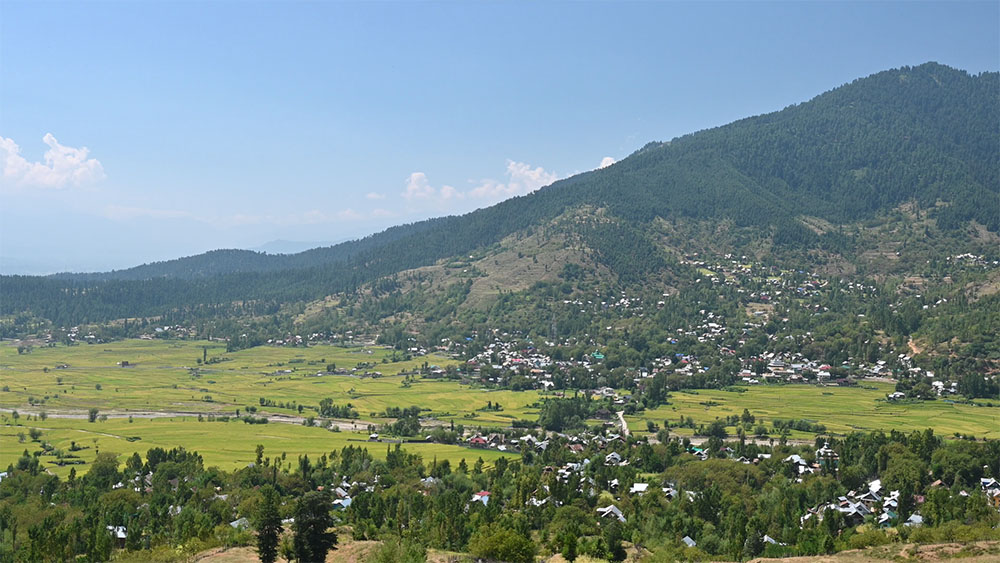
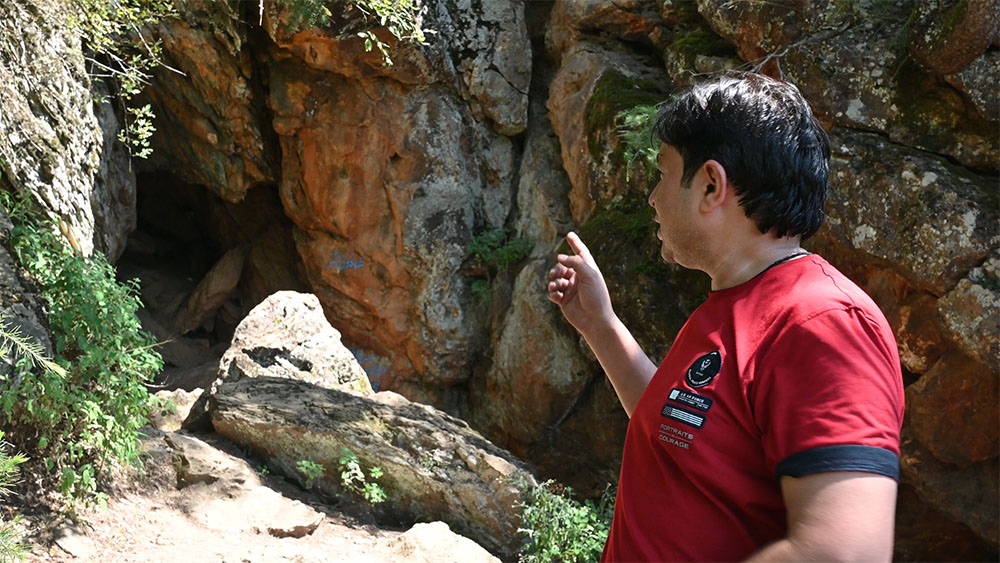
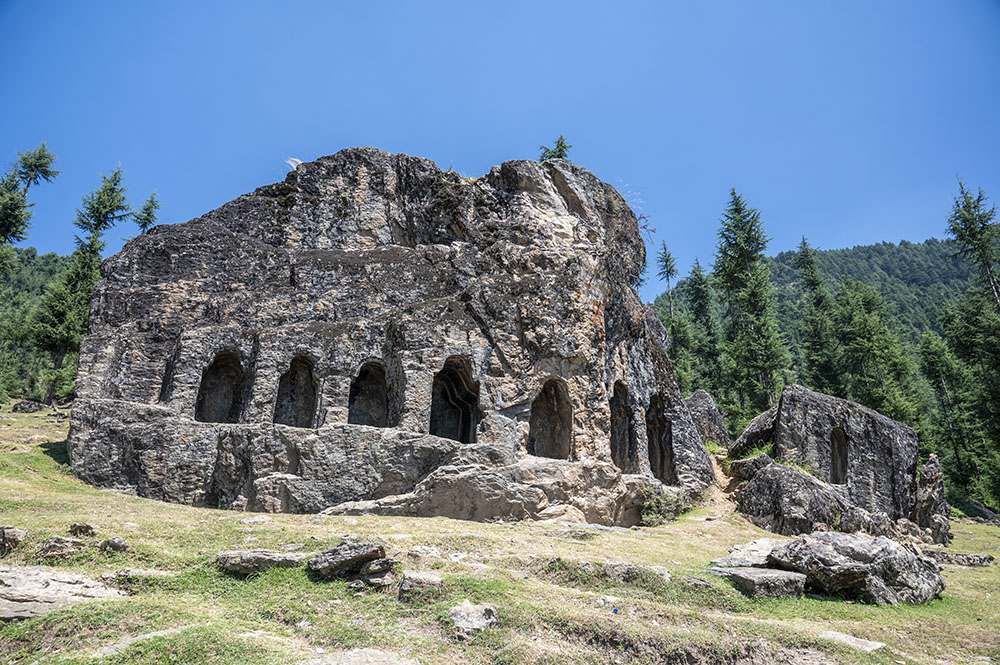
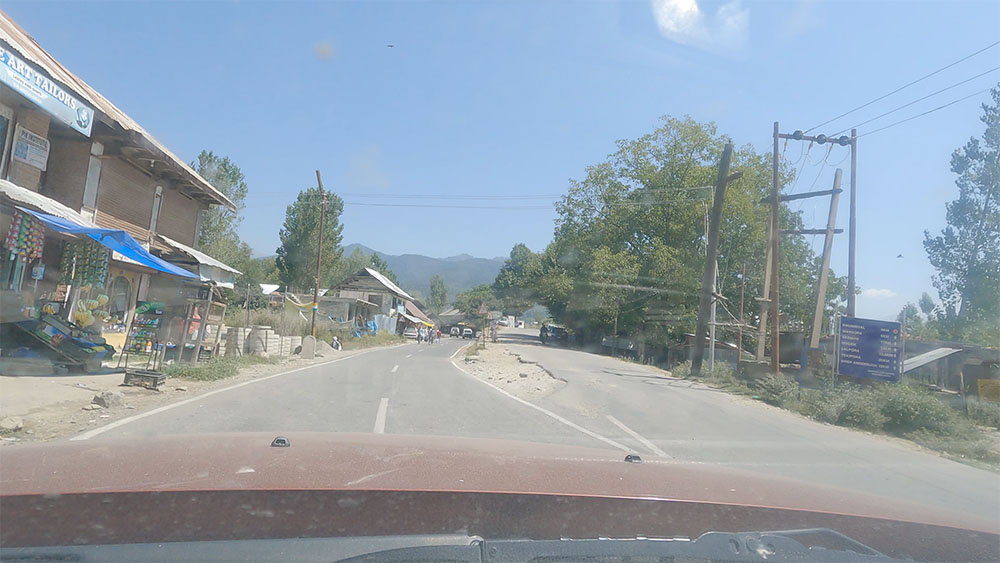
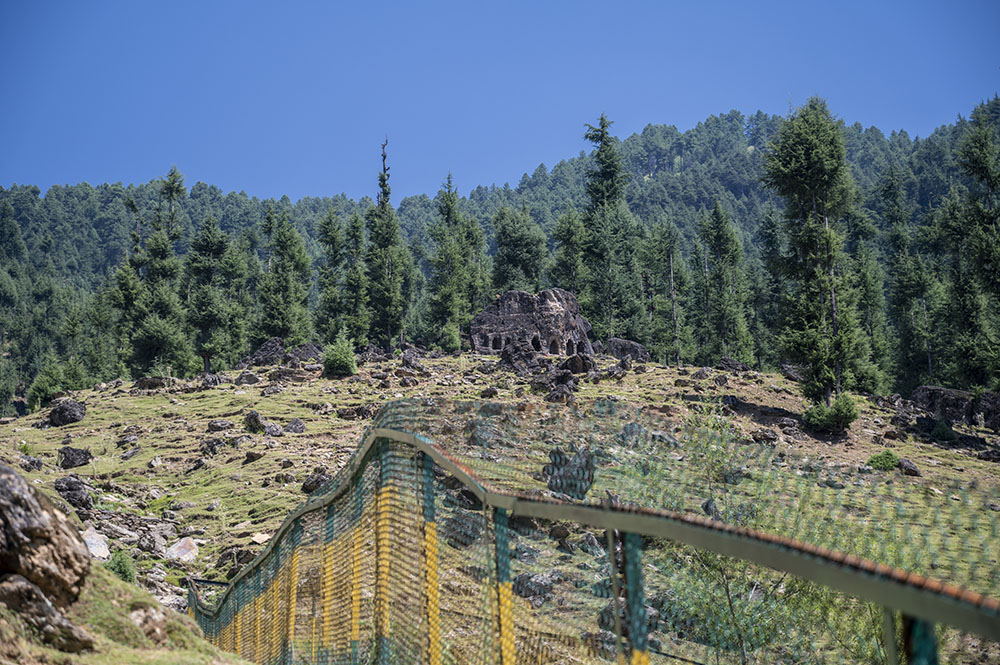
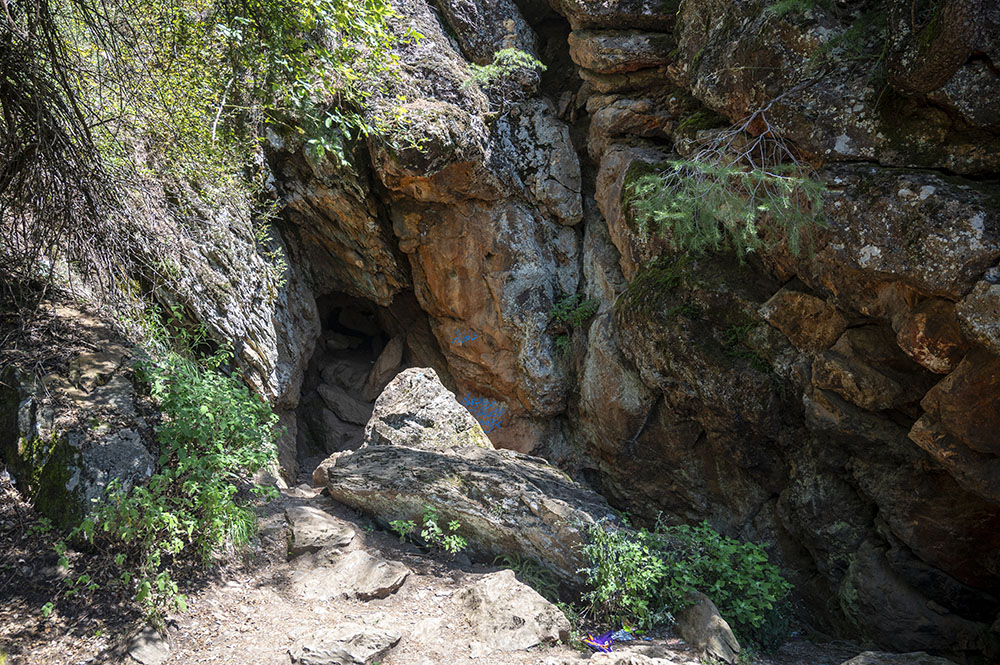
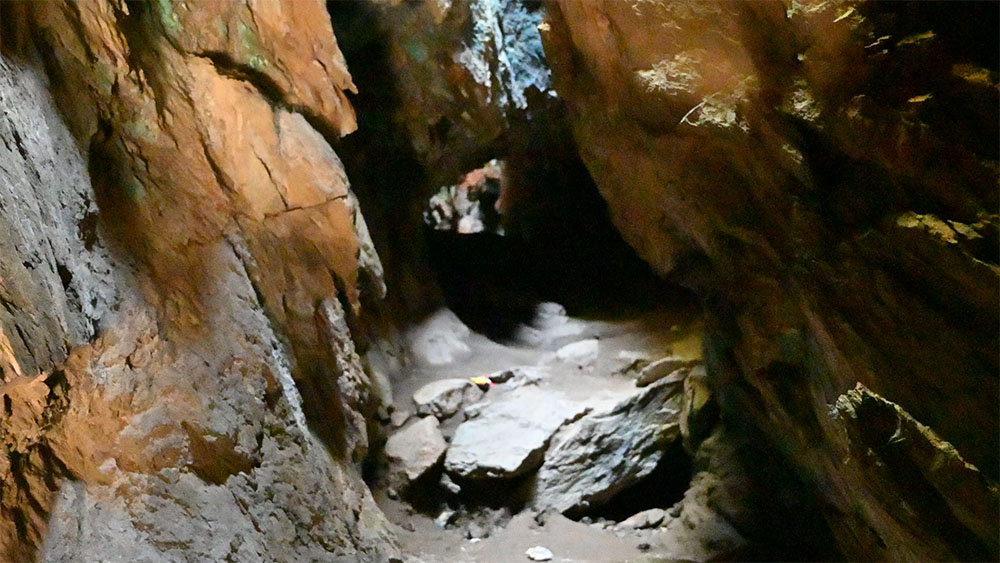

28 comments
Vargis ji, me and my 5 other friends will be visiting leh next month via Srinagar. Two of them will be coming on bikes from Katra. We got to know that the Jawahar tunnel connecting to Srinagar is closed. Any idea when will that be opened? Are there any alternative routes?
Hello AnjuJi – Jawahar tunnel is not closed, its open. I just confirmed it with my contact in Srinagar again.
Hi Mr Vargis,
Me and a couple of friends are planning a 16 day trip to Leh and surroundings. I would really appreciate it if you could clear a few things for me.
1- How much snow can be seen around mid July to early August?
2- How cold can I expect it to get?
3- Could you please suggest a 16 day travel plan, around Leh and Ladakh?
4- Is Hemis National Park worth visiting at this time?
Thank you.
Hello Manhar,
1. Not much. Snow at this time will only be limited to top of the passes that you will cross.
2. Nights will be cold but days will be quite warm actually. A heavy jacket, couple of woolens and plenty of cottons would do the trick.
3. How are you traveling and from where?
4. You can visit Hemis if you are up for a few days of trekking. This would mean hiring a local guide, local porters etc.
Ty Vargis sir.
Our trip will most likely start in Delhi – Manali – Sarchu – Leh.
Also is there any chance that we might be denied a permit to pass through Rohtang Pass towards Leh?
Thanks again
You are welcome Mannhar Bhai. What date are you starting from Delhi? 16 days is more than enough to cover entire Ladakh. Are you driving or on motorcycles?
1 – Delhi to Manali
2 – Manali to Jispa
3 – Jispa to Pang
4 – Pang to Leh
5 – Leh
6 – Leh to Nubra Valley
7 – Nubra Valley to Leh (Or you can also go directly to Pangong via Agham Shyok or Wari La but then you will need to make serious arrangement for fuel)
8 – Leh to Pangong Tso
9 – Pangong Tso to Hanle
10 – Hanle to Tso Moriri
11 – Moriri to Leh
12 – Leh to Kargil
13 – Kargil to Srinagar
14 – Srinagar to Jammu
15 – Jammu to Delhi
Keep a day buffer for just in case situations.
No reason that you would be denied permits, will easily get them
Vargis Bhai…any updates on the Kashmir situation?
Heard that the highway is closed due to the ongoing tension.
Manik Bhai the curfew was lifted today. Life returned back to normal. It will however be all closed again on Friday, June 2nd, for a day.
hi nice to meet u we were planning on July 8th can u help me to schedule the dates to travel around from Chandigarh to leh
Hello Jayanth – Nice meeting you as well brother.
Let me know how many days you have in hand and I can suggest an itinerary.
Hi varghis how r ya?
23 rd night leaving Delhi
24 th Amritsar
25 morning 8 am train to Jammu tawi
26 th to Srinagar morning bus
27 th pehalgham
28 th leh bus kargil stay
29 th leh acclimatisation
29 th till 6 th leh
6 th start towards manali
10 th night flight from Delhi
Situation in Sri nagar looks bad what could I expect what to do
Jammu to Srinagar busses might not be available
Srinagar to leh busses might one available
Could pls let me know what s the situation from Jammu to Srinagar Srinagar to leh (public transport) or any other altenative
Thank you
Hi Rocky – Situation is Ok in Kashmir and a lot of people are traveling already. By the above mentioned dates, did you mean May and June? Or June and July? If 23rd May, then the bus service is not yet available to Leh, you will have to find a shared cab.
thank you for the reply
May n June where do I find shared cabs in Sri Nagar n would it be a days journey by cab then
You can find shared cabs at Tourist reception center (TRC) in Srinagar. Yes, by a public shared taxi it will be a day’s journey to Leh.
Dear varghis,
Please let me know the traffic timing from sonmarg to kargil. I mean at what time the army is allowing kargil bound traffic from sonmarg side.
Hello Mr. Choudhury – As of now, from Sonmarg traffic is allowed before 8 AM and after 11 AM. Traffic from Drass crosses over between 8 – 11 AM.
Many many thanks. ☺
You are welcome !!!
Hi…. Would like to know until when Leh-Manali and Leh-Srinagar will be open… Bcoz we are planning to do it in 3rd week of October…. In case the roads are closed then we are left with no option than to fly to Leh direct…
Srinagar Leh highway will definitely be open by Mid October but Manali to Leh may not.
Hi,
Thanks…We are planning to fly into leh on October 21st and then drive down to Srinagar via Kargil then fly out from Srinagar on October 29th. Will that work? Planning to travel with my family, so just want to know whether the vehicle movements will be there during this time and is it safe?
Absolutely, plan is doable. Srinagar Leh highway remains open until Mid to Late november. Last year it was open throughout December as well.
Be advised though that it will be extremely cold in Ladakh around your dates of travel so pack accordingly. See the article below.
https://vargiskhan.com/log/clothes-for-ladakh-trip-pack/
Vargis ji Good Afternoon myself Paritosh Gupta Adv. from Jabalpur and I am planning to go to Leh from Manali around 8th of June 2017 as I wud be taking my Scorpio from Jabalpur itself, will the road will be opened by that time or I can go from Srinagar side to Leh in the same time of 8th June nd come back through Manali ? Please Revert Back!
Good Evening Mr.Gupta, As of now the highway is expected to open by late May or early June so yes, by June 8th you should be able to plan a trip via Manali.
Namaste Mr.Vargis, This is verymuch Helpful Info. given by you. Lots of Tourist waiting for this. As your Info. is most Trust-worthy, We plainly follow this. Please Keep it up. Pl. share one more and most Imp. thing about Timing / Time Table for Private Vehicles on this Road. May God Bless You. Thanks a lot. DILIP RAJGURAV PUNE M.S.
Namaste Mr. Rajgurav – I appreciate your kind words. Thank you !!!
Timings are not out yet as the highway just opened yesterday. As soon as I find out more, I will post.
Sir
Sach pass opening date?
Bhai as of now it is expected to open by June 2nd week